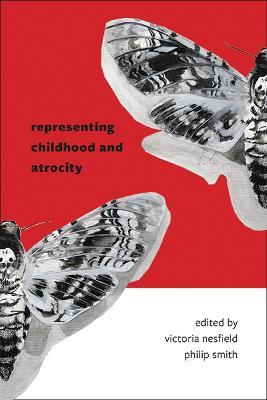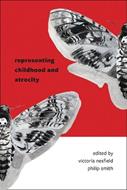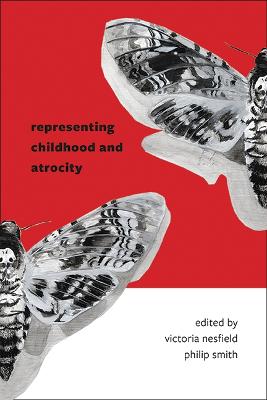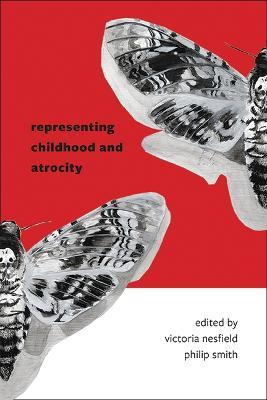Representing Childhood and Atrocity
Examines the ways in which writers and artists have attempted to address children's experience of atrocity. Atrocity presents a problem to the writer of children's literature. To represent events of such terrible magnitude and impersonal will as the Holocaust, the transatlantic slave trade, or the Rwandan genocide such that they fit into a three-act structure with a comprehensible moral and a happy ending is to do a disservice to the victims. Yet to confront children with the fact of widescale violence without resolution is to confront them with realities that may be emotionally disturbing and even damaging. Despite these challenges, however, there exists a considerable body of work for and about children that addresses atrocity. To examine the ways in which writers and artists have attempted to address children's experience of atrocity, this collection brings together original essays by an international group of scholars working in the fields of child studies, children's literature, comics studies, education, English literature, and Holocaust, genocide, and memory studies. It covers a broad geographical range and includes works by established authors and emerging voices.
-
Curatore:
-
Editore:
-
Anno:2022
-
Rilegatura:Hardback
-
Pagine:334 p.
Le schede prodotto sono aggiornate in conformità al Regolamento UE 988/2023. Laddove ci fossero taluni dati non disponibili per ragioni indipendenti da Feltrinelli, vi informiamo che stiamo compiendo ogni ragionevole sforzo per inserirli. Vi invitiamo a controllare periodicamente il sito www.lafeltrinelli.it per eventuali novità e aggiornamenti.
Per le vendite di prodotti da terze parti, ciascun venditore si assume la piena e diretta responsabilità per la commercializzazione del prodotto e per la sua conformità al Regolamento UE 988/2023, nonché alle normative nazionali ed europee vigenti.
Per informazioni sulla sicurezza dei prodotti, contattare productsafety@feltrinelli.it



